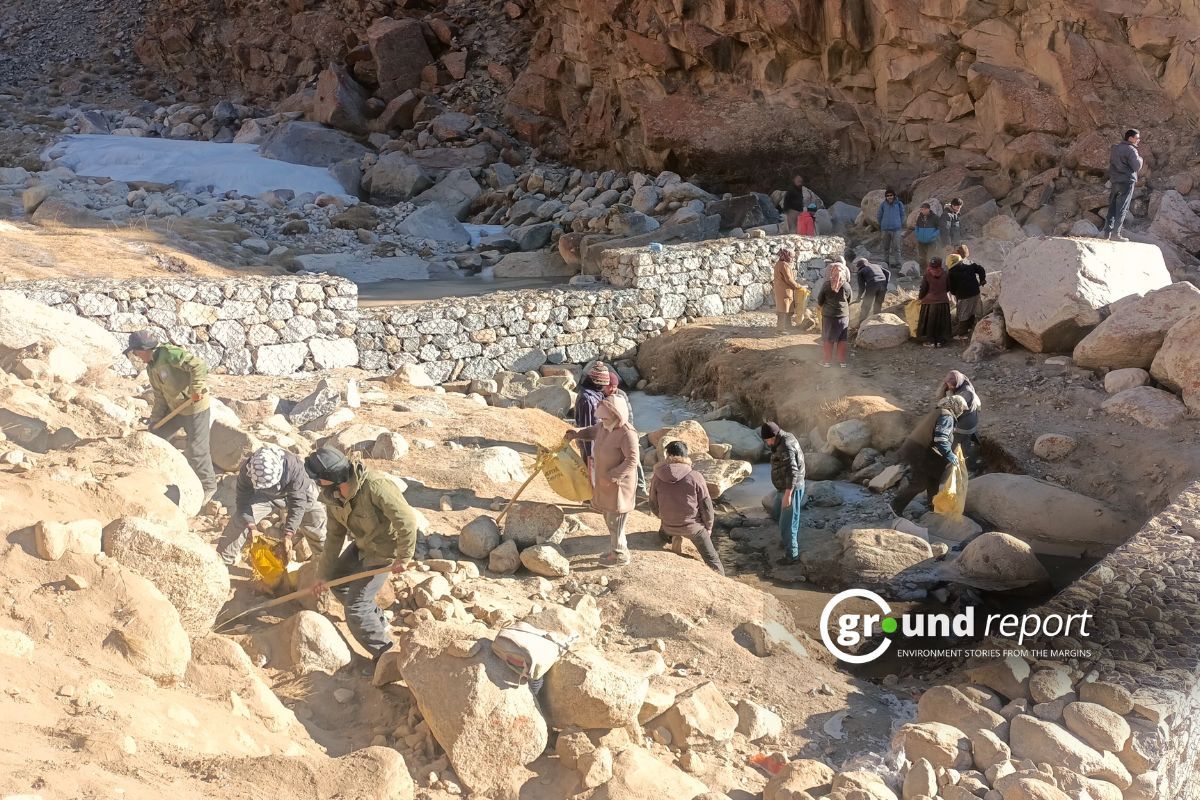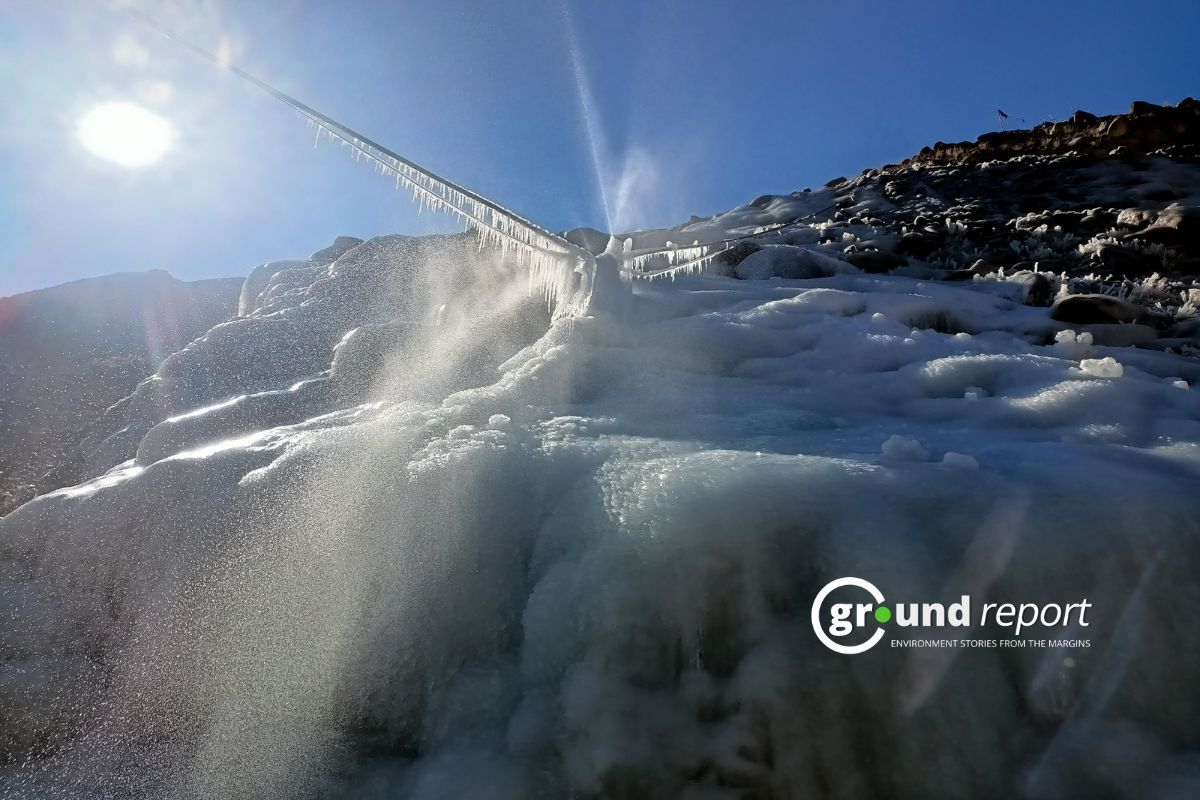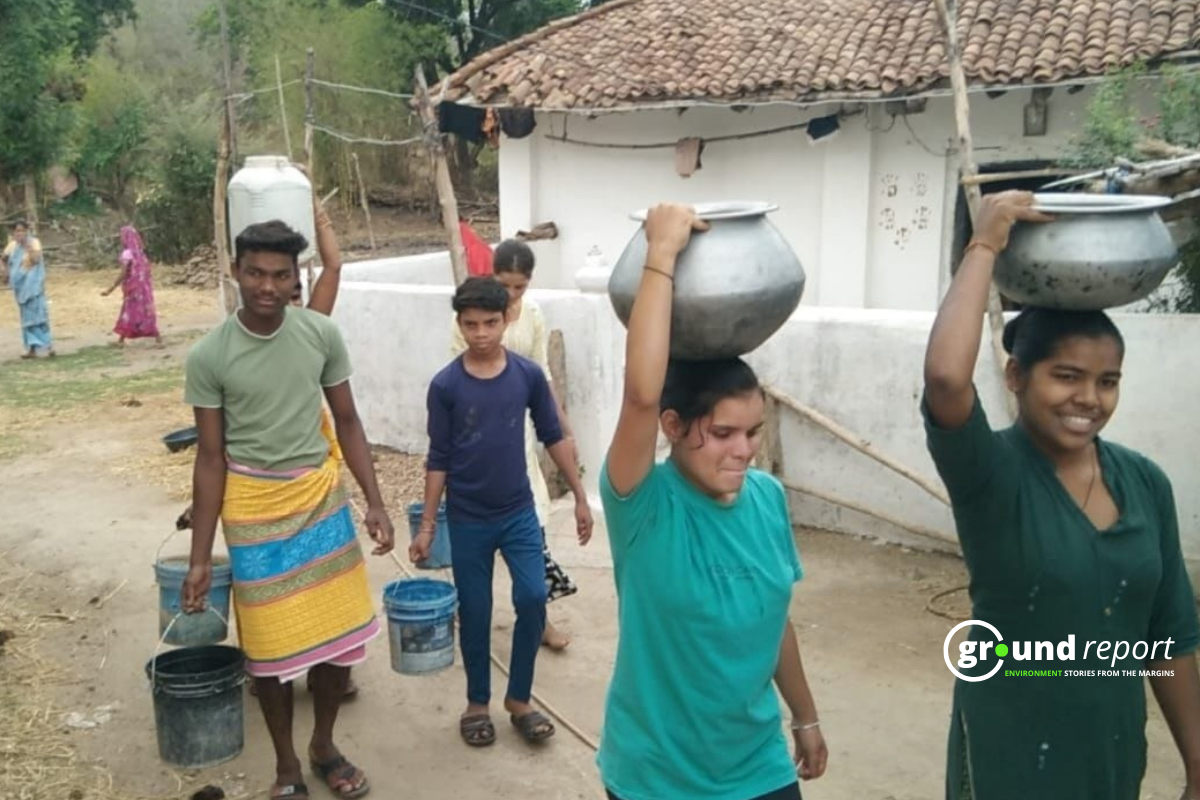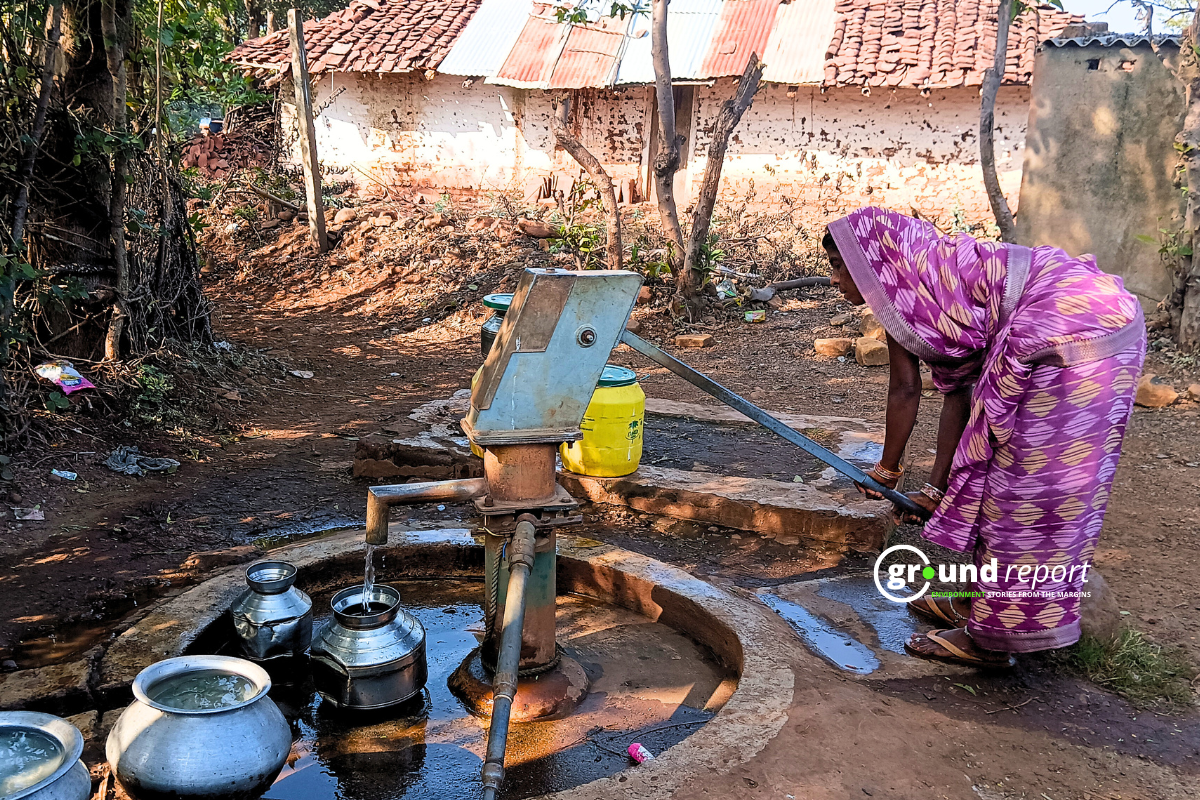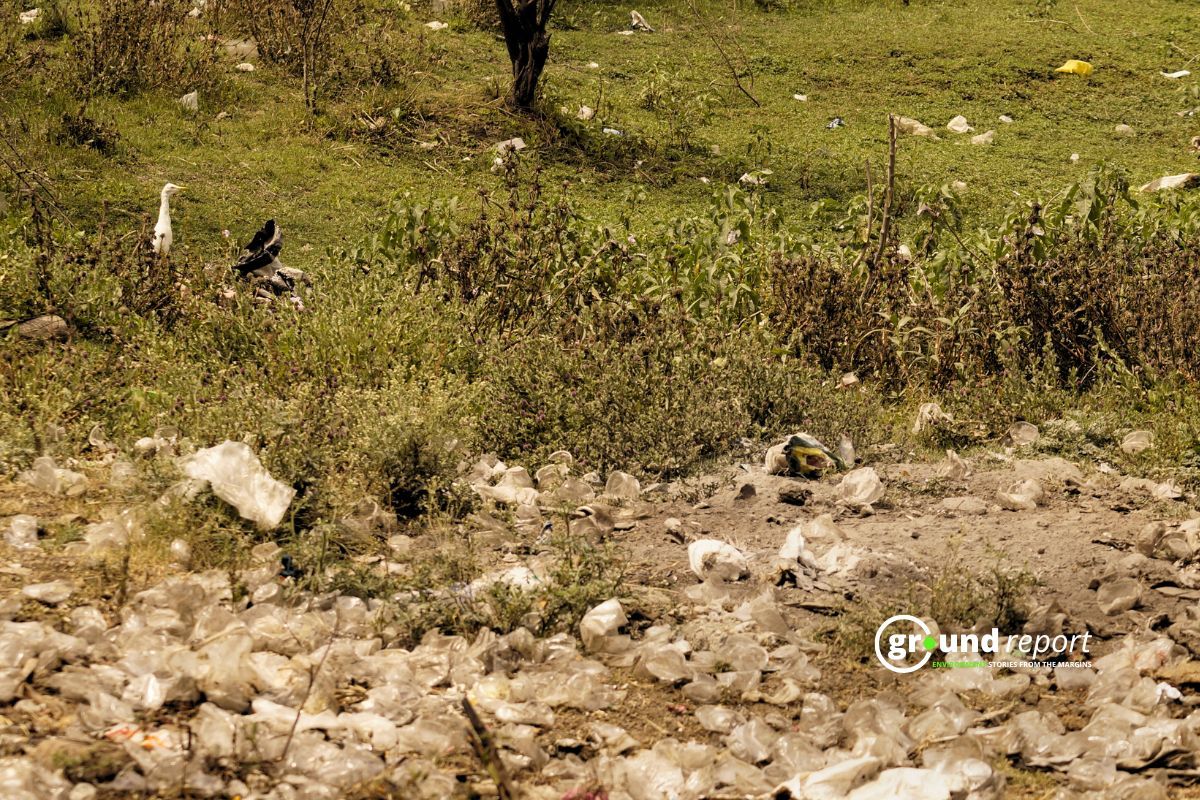Artificial glaciers, also known as ice stupas, are created using a simple irrigation system that stores fresh water during the arid summer months, for later utilisation. During the spring planting season in Ladakh, a high mountain desert region on the Himalayan border, ice stupas allow farmers to successfully sow the crops.
The region has a population of almost 300,000 people, but it receives minimal precipitation and is known as a cold desert. Here, a reduction of 0.127 mm per year in the summer precipitation is observed between 1901 and 2000. The region’s villages have typically suffered dry summer months, namely April and May when the streams run dry.
With the innovation of Artificial Glaciers, the Union Territory of Ladakh has found an alternative source of preserving water for the summer months.
What are Artificial Glaciers?
Artificial glaciers are a cost-effective and unique way to conserve water in cold and high-altitude environments. Padma Shri awardee Chewang Norphel is popularly known as the ‘Ice Man of Ladakh’.
The artificial glacier is created at a higher height, typically more than 4300 m above Mean Sea Level, yet within walking distance of the village it is intended to serve. Stone embankments placed at regular intervals hinder the flow of water, resulting in shallow pools. The pools begin to freeze in late November. Ice accumulates on the mountain slopes over four months, resulting in artificial glaciers. The glacier’s size is determined by the temperature, topography, and velocity of water in the stream.
Artificial Glaciers- a solution for irrigation in the water crisis
To tackle the need for water in the Changthang region of Leh district, a new project by the National Bank for Agriculture and Rural Development (NABARD) was sanctioned in 2020. A financial assistance of Rs. 11.44 lakh has been extended towards the construction of two artificial glaciers at new locations in the same village.
Changthang, a high-altitude village in the Leh district of the UT, predominantly has nomadic pastoralists, and they practise agriculture. The Changpa tribe with a culture similar to Tibetan Buddhism live here. Changthang has a long history of pastoral nomadism going back 3,000+ years. An analysis concludes that the people in this region now rely on Pashmina as their most valued and popular product. With the changing socioeconomic conditions, the region is experiencing livelihood diversification. As a result, land-based food production is reducing and a supply-oriented food system is emerging.
Since the late 1980s, Chotak Gyatso, executive director of the Leh Nutrition Project (LNP), has been working on solutions to meet the water demands of the district. The Leh Nutrition Project (LNP), a non-profit, is working with village communities in the cold desert district to build artificial glaciers that allow the slow release of water during the sowing season in April-May. Sabo, Nang, Stakmo, Sakti, Igoo, Shara, Phuktsy, Tsaga and Mudh are some of the villages that have benefitted from these artificial glaciers.
A 2020 report on “Assessment of climate change over Indian region” by the Union Ministry Of Earth Sciences has concluded that Hindu Kush Himalayas have warmed at 0.2 degrees per decade during the last 70 years, leading to a decline in snow cover & glaciers. There is a clear declining trend in precipitation amount from November to March (reduction in snowfall) observed in an analysis of meteorological data from 1973 to 2008 at Leh.
“The rate of winter snowfall has declined in the last 30 years with a changing untimely pattern,” informed Gyatso to Ground Report.
LNP till now has constructed around 15 artificial glaciers in Leh. These human-made glaciers contain meltwater that travels down the slopes into streams and, eventually, rivers. Some of the water, rather than draining off, is kept and used when it melts in the spring, just when the fields require irrigation.
“These projects are mainly funded through CSR funds or donations. Mainly, the number of bunds to be built for each artificial glacier determines the cost between Rs three lakhs to fifteen lakhs,” Gyatso said.
“In the village(s) where we initiate the project, communities collectively analyse and identify the location as they know the demography of their village better than us,” Gyatso added.
Ice Stupa programme is another effort by Sonam Wangchuk, a well-known climate change activist-engineer, and his team from the alternative school Students’ Educational and Cultural Movement of Ladakh (SECMOL) to address the region’s growing water scarcity. It aims to empower communities to become self-sufficient and involved in water conservation. Since 2019, the Ice Stupa programme has expanded to include 52 operational artificial glaciers in Ladakh and 14 more across the world.
Government support, and expansion
In November 2019, the government, through the Ministry of Tribal Affairs, partnered with the Himalayan Institute of Alternatives, Ladakh (HIAL) to conduct a study, document, and eventually help in the development of Ladakh’s tribal groups.
“The project has become a model of collaborative effort between local people, organisations with expertise in this area, NGOs and the government,” says a statement by the Ministry of Tribal Affairs.
The project’s primary focus is ‘Rehabilitation of Abandoned Villages through Ice Stupas’. While there was only one Ice Stupa in 2013-14, now it expanded to 26 locations across Ladakh in 2019-20, after the government joined hands.
The artificial glaciers or ice stupas provide a viable solution to provide water for irrigation in summer. However, the recent climate protests in Ladakh scream for action to save the melting glaciers and the Union Territory’s future.
“We are doing what we can, but we need a proper climate action plan from the government to build a roadmap to save the environment,” said Gyatso.
Follow Ground Report for Environmental News From India. Connect with us on Facebook, Twitter, Koo App, Instagram, Whatsapp and YouTube. Write us on GReport2018@gmail.com and subscribe our free newsletter.
Don’t forget to check out our climate glossary, it helps in learning difficult environmental terms in simple language.


